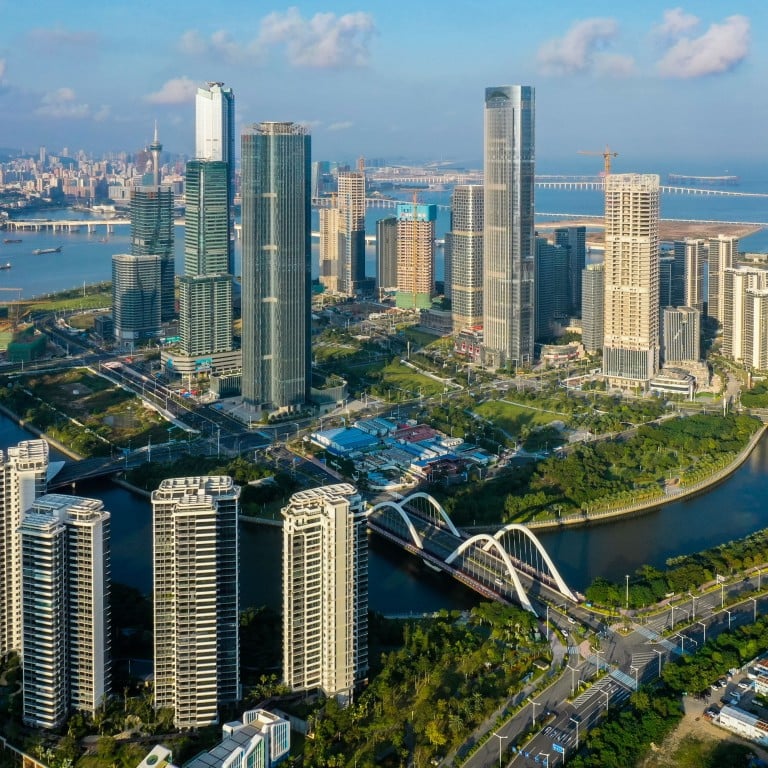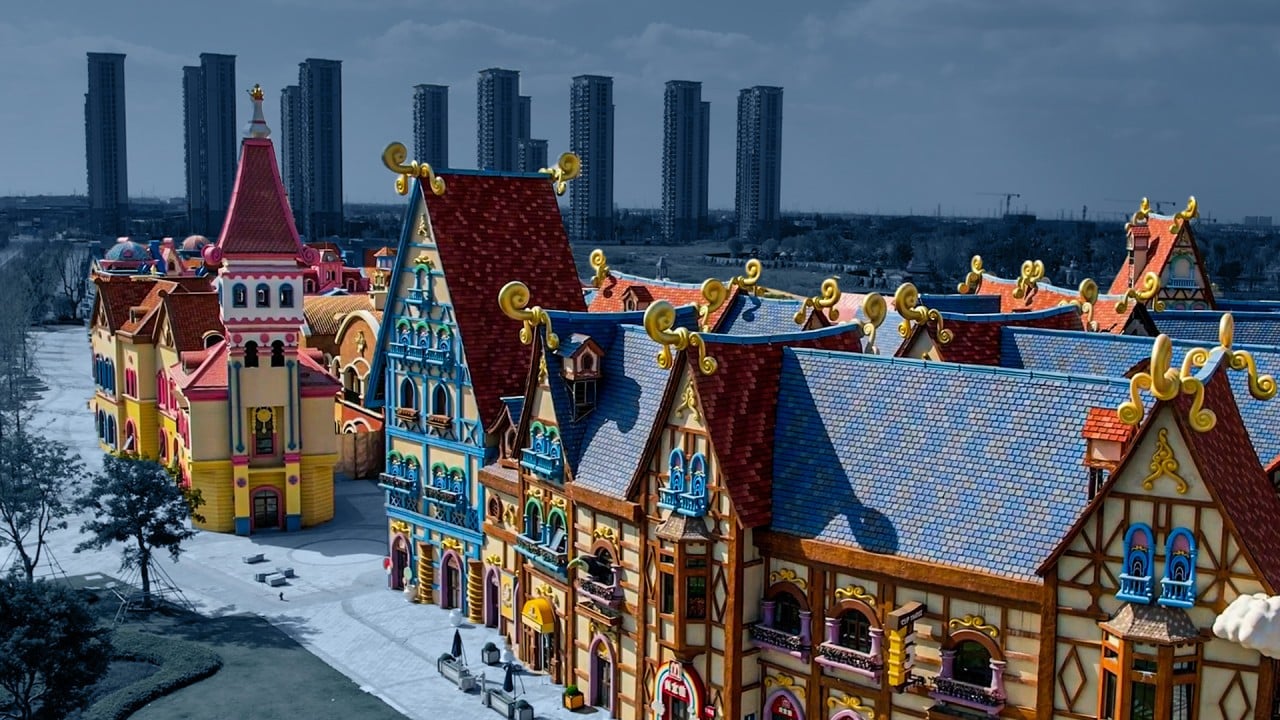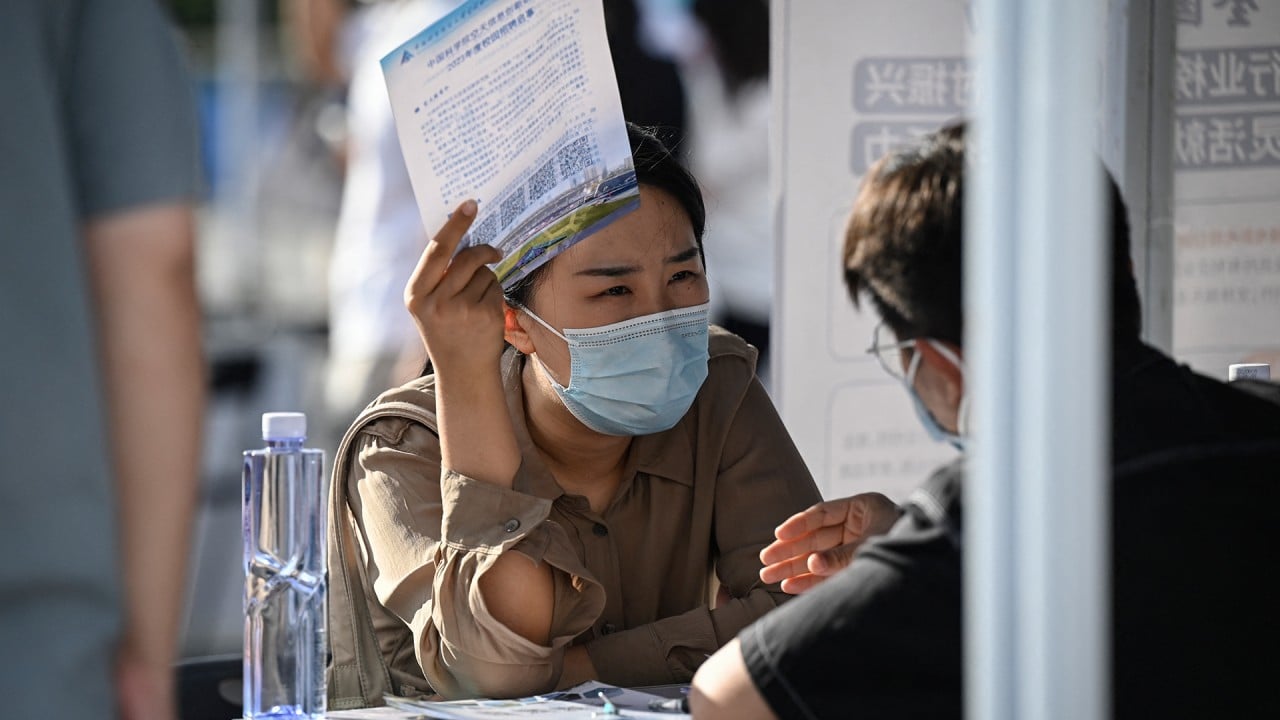
China’s economic powerhouses target top-tier industrial tech in national ‘high-quality growth’ drive
- Premier Li Qiang calls for ‘quick results’ on tackling the country’s economic problems
- Officials in Guangdong, Shandong, Anhui and Liaoning convene meetings to find ways to boost investment and overhaul technology
Top officials in China’s economic heartlands got back to work on Sunday with a series of tech and investment-centred conferences across the country, signalling Beijing’s focus this year is firmly on the economy.
In a State Council meeting attended by vice-premiers, state councillors and ministry chiefs, Premier Li Qiang called for “quick results” in tackling domestic economic problems.
“All departments must … quickly enter into work mode and pay close attention to implementation,” state news agency Xinhua quoted him as saying. “[We must] take pragmatic and powerful action to boost the confidence of the whole society.”
Similar meetings were held in Shandong, Anhui and Liaoning provinces.
They follow central government orders for the country’s economic powerhouses to do more to raise economic growth.
The Chinese economy has had a bumpy recovery since the country’s zero-Covid policy was abandoned in December 2022, with the private sector and wage earners particularly hard hit in the past year.
Many provinces are already aiming for higher growth this year, including Guangdong which is targeting 5 per cent growth after 4.8 per cent real expansion last year.
Speaking at the conference on Sunday, Huang said the province would focus on industrial science and technological innovation, improving cooperation with Hong Kong and luring more talent.
“We need to help businesses adopt new technology, new equipment, new materials, and new processes to improve product quality and production efficiency,” he said.
He said the province would launch a number of new major scientific research projects this year, as well as help 9,000 industrial enterprises undergo tech overhauls. It would also promote the “digital transformation” of 9,200 industrial enterprises.
In addition, Guangdong authorities had earmarked 1 trillion yuan (US$138 billion) for more than 1,500 investment projects in 2024, including information technology, high-end manufacturing and new materials, Ai Xuefeng, director of the Guangdong Development and Reform Commission told the conference.
The pledges reflect the national push for “high-quality development” to help advance the country through the quality of economic growth instead of rapid expansion.
To do so, it is turning to technology, advanced manufacturing, and green industries rather than old drivers like real estate and financial speculation.
In the eastern province of Shandong, the third-biggest in economic size, cadres addressed the theme of “high-level opening up, high-quality investment promotion”.
To the southeast in Anhui province and northeast in Liaoning, officials concentrated on how they could improve the business environment and promote high-quality development of the private economy.
Shanghai, China’s economic hub, also released an action plan on Sunday to create a “first-class business environment”.
Peng Peng, executive chairman of the Guangdong Society of Reform, said the provincial gatherings showed the urgency of stabilising the economy in the aftermath of the pandemic.
Peng said Guangdong’s underperformance in recent years was “somewhat a microcosm of the difficulties faced by the national economy”.
“In the past couple years, Guangdong’s economic growth has been lower than the national average,” he said.
“Real estate is a serious drag on economic growth; the decoupling of technology [from the US] has put a lot of pressure on China’s technology and innovation strategies.”
Shifts in export supply chains and declining investment had also lowered market confidence.
“Guangdong must make breakthroughs, and ‘high-quality development’ is a flag into which all solutions can fit,” he said.
Beijing is widely estimated to set “around 5 per cent” growth target for this year, a harder-to-achieve target given the diminishing base effect.
The official target will only be released when the government work report is delivered to the annual legislative session early next month.




